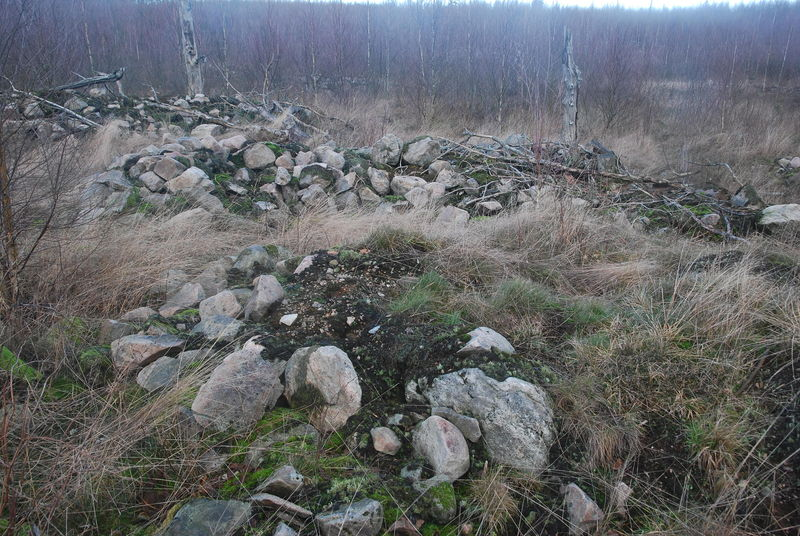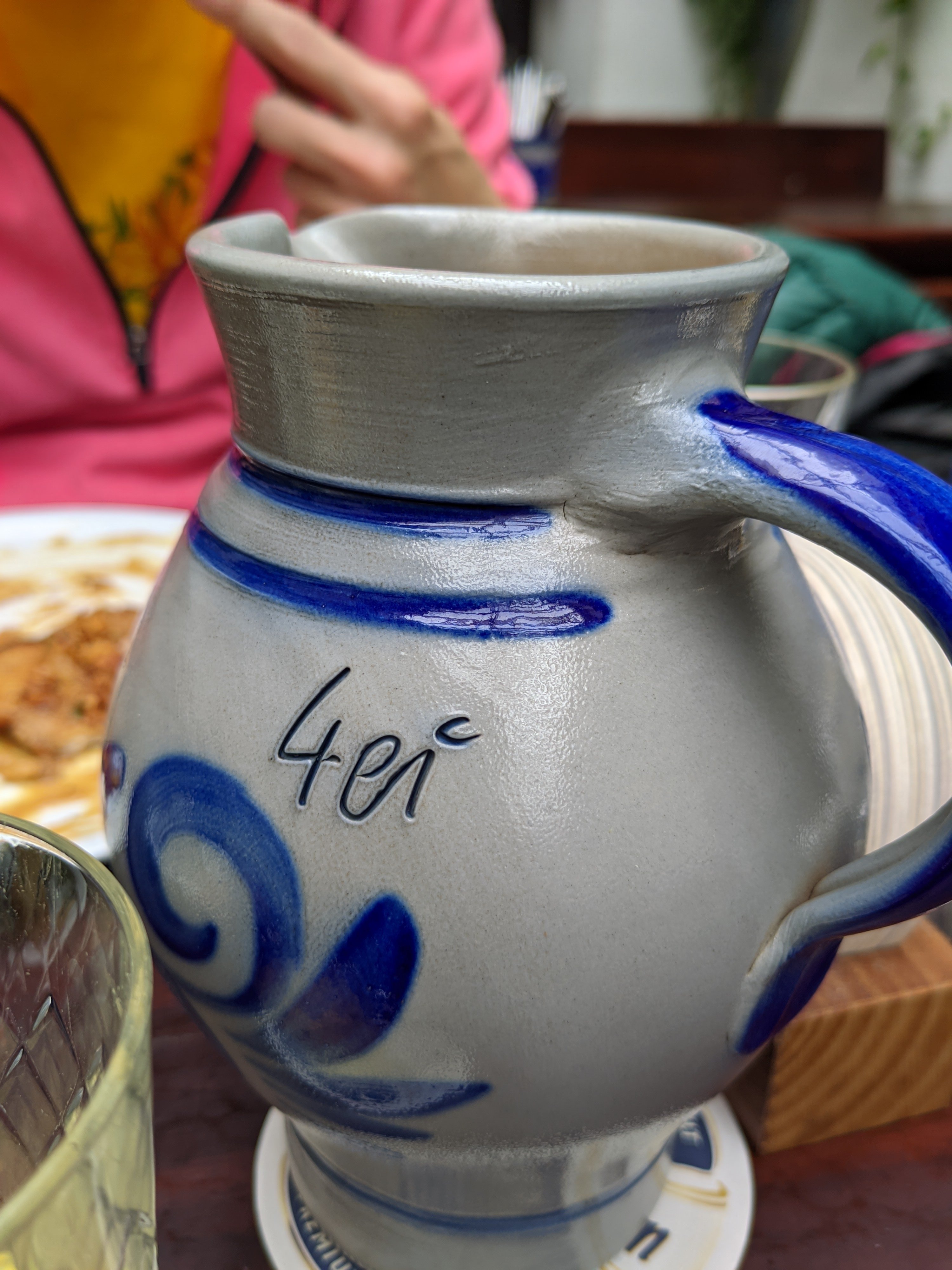Do they not know that we’re biodegradable?
The flood washed them all downstream.
Off the side of our Earth-disc
I’m curious about the answer though, how come we don’t see a bunch of ancient grave sites all over the place?
The biodegradability of people, mainly. The sacrum and mandible last longer than other bones, but unless they’re in the desert or something crazy happens they’ll go away as well after a few years to decades.
Semi related: In New Orleans they have these above ground graves that decompose bodies pretty quickly. Generally there’s not much left after a year of sitting in an oven over a New Orleans summer. Back in the day they’d bury them for a year and a day, pull out any metal bits remaining from the casket they used, then shove the bones back in where they would fall into the caveau to further decompose. You could have dozens of family members sharing a single burial plot.
We do love slow cooking things down south.
Edit: I didn’t mention that there are some remains still sticking around. Look at the other responses for more of the story. I just wanted to throw out some facts to set up my slow cooker joke.
There are way more dead animals (like way way more). Their remains got recycled too.
Fossils are a rare exception.
We kinda do. There are Stone Age burial mounds scattered all over the place. You can just google for maps to them.
They buried them in shallow graves or even did sky burials where the body is left for the carrion eaters to strip the bones and then they collect and bury the bones. The concept of burial practices themselves have only been around for approx. 120,000 years but that doesn’t mean they were burying them all in one location 6 feet deep. It’s just scattered randomly in shallow pits/caves.
When we find any signs of long term habitation from that time, we often do find bones there. But there are really just not that many sites with that depth of information available.
This is not the reason. The bones simply dissolve under most conditions, having them remain intact is extremely rare.
i’d say there are two main reasons: things get covered by dirt, and things degrade way faster than you might think.
After a couple hundred years of abandonment all that remains of a structure will be rocks, those rocks will tend to scatter and make the structure hard to discern, and after thousands of years any trace you might have been able to discern with a trained eye is simply underground.
Like it’s kind of insane, in many places you can be standing ontop of many many meters of archeological sites, just waiting to be uncovered.Here’s an example of the remains of a building that you would probably just walk past without thinking much about it, maybe just going “huh, weird”.

There’s a ton of prehistoric bodies buried under the street where I live. They sometimes dig some up when it’s being repaired.
Talking to these people is like trying to reason with a rock. Even when their own experiments come to conclusions, that they agree would mean they are wrong, they just handwave it away with some nonsense like the equipment is faulty. Then never discuss how it was faulty, or how to correct it. They don’t care about truth, they care about fitting in with some social group.
Thesis: where are bones of hominids from a geologic era? This explains how only 8 people lived back then.
They got your asses, scientists!
Check Garth Brooks ’ house





